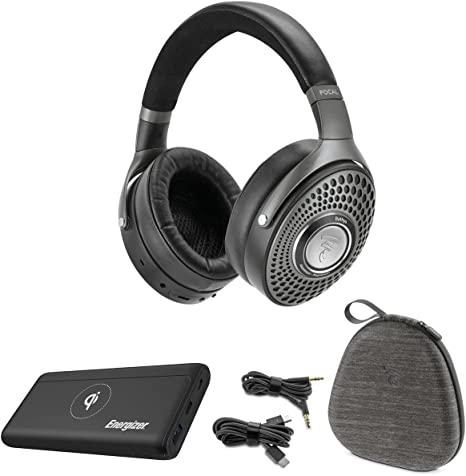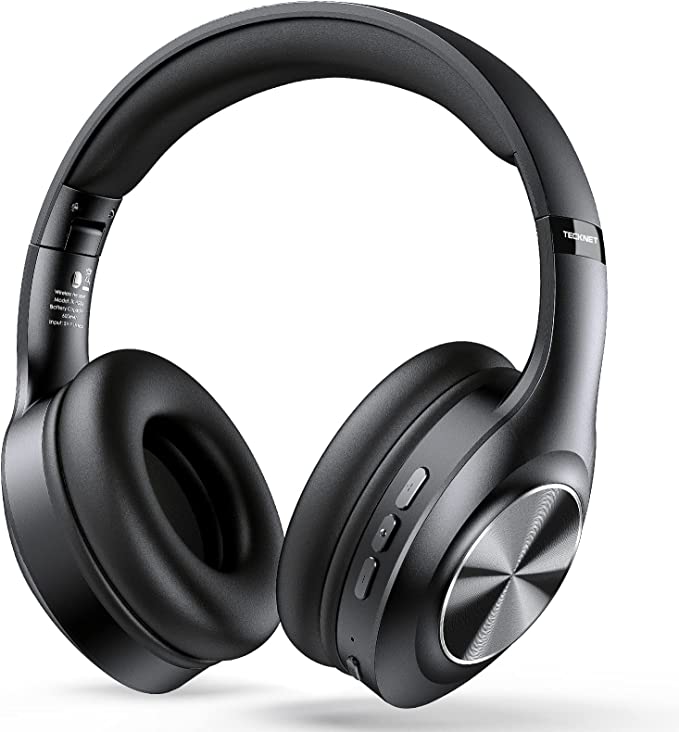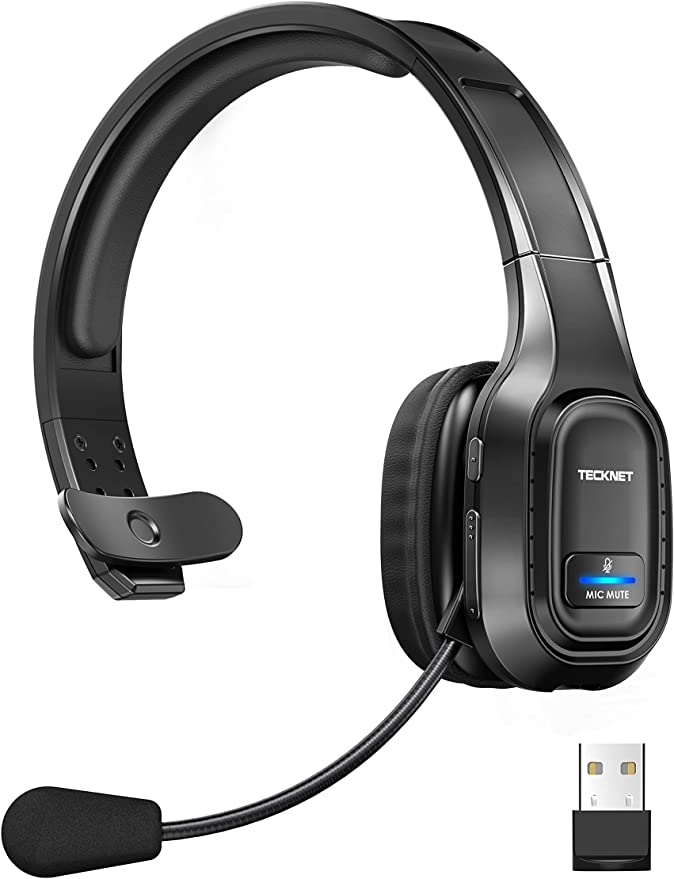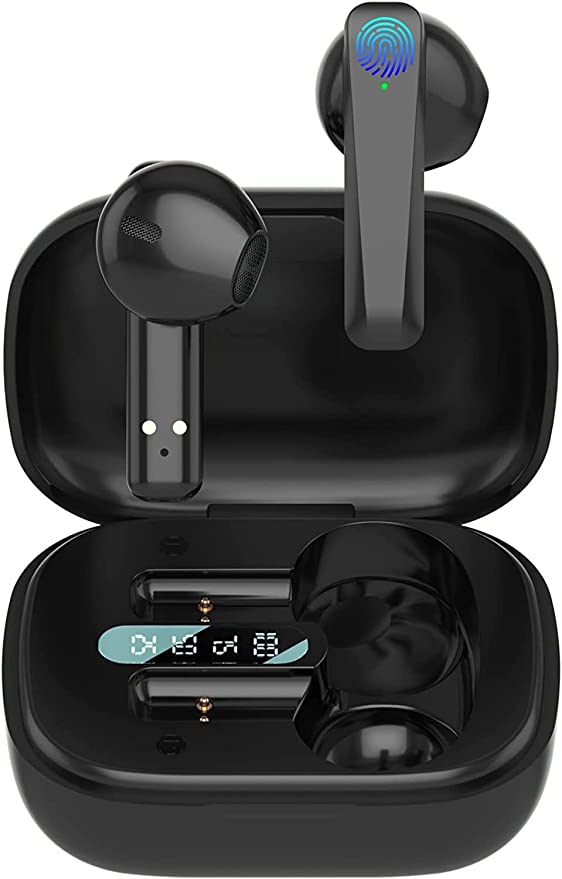SAMSUNG S800D 3.1.2ch Soundbar: Immersive Wireless Dolby Atmos Audio
Update on March 15, 2025, 7:36 a.m.
The pursuit of perfect home audio has been a long and winding road. From the earliest phonographs to today’s sophisticated soundbars, the goal has always been the same: to recreate sound as realistically and immersively as possible. But for many years, home theater audio lagged behind the stunning visuals offered by high-definition televisions. Flat, uninspired sound was the norm, leaving many viewers feeling disconnected from the action on screen. That’s where the concept of spatial audio and products like the SAMSUNG S800D soundbar come in.

Beyond Stereo: Entering the World of Spatial Audio
For decades, “stereo” sound was the standard. Two channels, left and right, delivered a sense of width, but the soundscape remained fundamentally flat. Imagine watching a movie scene with a helicopter flying overhead. With stereo, you might hear the sound transition from left to right, but it wouldn’t feel like it was truly above you. Spatial audio, also known as 3D audio, breaks free from these limitations. Technologies like Dolby Atmos add a crucial element: height. By incorporating sounds that seem to come from above, spatial audio creates a far more realistic and immersive listening experience.
A Sonic Revolution: Tracing the Evolution of Surround Sound
The journey to immersive audio began long before the advent of sleek soundbars. Early experiments in surround sound date back to the 1940s, with Walt Disney’s Fantasia pioneering multi-channel audio in a theatrical setting. The 1970s saw the rise of quadraphonic sound, attempting to bring a four-channel experience into homes, though it ultimately failed to gain widespread adoption.
Dolby Surround, introduced in the 1980s, marked a significant step forward, utilizing matrix encoding to deliver a surround sound experience from two-channel sources. This technology paved the way for Dolby Digital (also known as AC-3) in the 1990s, offering discrete 5.1 channel audio – five main channels (left, center, right, left surround, right surround) and a dedicated low-frequency effects (LFE) channel, commonly known as the subwoofer.
The evolution continued with DTS (Digital Theater Systems), a competitor to Dolby Digital, offering similar surround sound capabilities. Both formats became staples of DVD and Blu-ray discs, bringing a more cinematic audio experience into homes worldwide.
The arrival of Dolby Atmos and DTS:X in the 2010s represented the next major leap. These object-based audio formats moved beyond the limitations of channel-based systems, allowing sound designers to place individual sounds (objects) anywhere in a three-dimensional space. This created a much more precise and immersive soundfield, with sounds realistically emanating from above and around the listener.

Introducing the SAMSUNG S800D: Slim Design, Big Sound
The SAMSUNG S800D soundbar represents a culmination of this evolution. It’s a testament to how far audio technology has come, packing an impressive array of features into an incredibly slim and stylish design. At a mere 1.4 inches high and 1.5 inches deep, it’s designed to complement modern, minimalist living spaces, practically disappearing beneath your TV. But don’t let its understated appearance fool you; this soundbar is a powerhouse of sound.
Decoding the Channels: 3.1.2 Explained
The “3.1.2” designation might seem like a cryptic code, but it’s actually a straightforward way of describing the soundbar’s channel configuration. Let’s break it down:
- The First Number (3): This refers to the number of traditional, horizontal channels. The S800D has three: a left channel, a center channel, and a right channel. These channels deliver the majority of the sound, including dialogue, music, and many sound effects.
- The Second Number (1): This indicates the presence of a dedicated subwoofer. The subwoofer is responsible for reproducing low-frequency sounds, like explosions, basslines in music, and the rumble of a dinosaur’s footsteps. The S800D includes a wireless subwoofer, adding to the system’s clean aesthetic.
- The Third Number (2): This is where the magic of Dolby Atmos comes in. The “2” signifies two upward-firing speakers. These speakers are the key to creating the height dimension that makes spatial audio so immersive.
Wireless Freedom: Dolby Atmos Without the Wires
One of the most compelling features of the S800D is its support for wireless Dolby Atmos. Traditionally, Dolby Atmos required an HDMI connection between your TV and soundbar. This could lead to cable clutter, especially if you were wall-mounting your TV. The S800D eliminates this hassle, transmitting high-quality Dolby Atmos audio wirelessly from compatible Samsung TVs (2022-2024 models).
How is this possible? It relies on advanced Wi-Fi technology. The soundbar and TV communicate over a high-bandwidth wireless connection, using sophisticated encoding and decoding to transmit the complex Dolby Atmos data stream with minimal latency (delay) and without sacrificing audio quality. It is important your wifi signal is strong.
The Science of Reflection: How Upward-Firing Speakers Work
The upward-firing speakers are the heart of the S800D’s Dolby Atmos capabilities. But how can speakers pointing up create the sensation of sound coming from above? The answer lies in the science of sound reflection.
Imagine throwing a ball at a wall at an angle. It bounces off at a similar angle, following the principle of “angle of incidence equals angle of reflection.” Sound waves behave in a similar way. The S800D’s upward-firing speakers are precisely angled to project sound towards your ceiling. The sound waves then reflect off the ceiling and travel down towards your listening position.
Your brain, a remarkably sophisticated audio processor, interprets these reflected sound waves as coming from above. This creates the illusion of height, adding a whole new dimension to your audio experience. It’s important to note that the effectiveness of this technology depends on your ceiling being relatively flat and reflective. Highly textured or vaulted ceilings can diffuse the sound waves, diminishing the height effect.
Teamwork Makes the Dream Work: Q-Symphony Explained
If you own a compatible Samsung TV (2020-2024 models), the S800D offers another unique feature: Q-Symphony. Instead of simply replacing your TV’s built-in speakers, Q-Symphony allows the soundbar and TV speakers to work together.
Think of it like an orchestra. Each instrument (speaker) has its own unique role to play, and when they’re all synchronized, the result is a richer, more harmonious sound. Q-Symphony intelligently combines the output of the soundbar’s drivers with the TV’s speakers, optimizing the overall soundstage and creating a more expansive and immersive listening experience. The TV speakers typically focus on higher frequencies and dialogue, while the soundbar handles the mid-range, bass, and height effects.

Perfect Sound, Every Time: SpaceFit Sound Pro
Every room is acoustically unique. The size, shape, and furnishings of a room all affect how sound waves travel and interact. This can lead to imbalances in the sound, with some frequencies being amplified and others being diminished. SpaceFit Sound Pro addresses this challenge.
This technology uses a built-in microphone in the soundbar to analyze the acoustics of your room. It emits test tones and measures how they reflect off your walls and furniture. Based on these measurements, it automatically adjusts the soundbar’s equalization (EQ) settings to compensate for any acoustic anomalies. The result is a more balanced and accurate sound, tailored specifically to your listening environment.
Sound That Adapts: Adaptive Sound and Game Mode Pro
The S800D doesn’t just deliver great sound; it delivers smart sound. Adaptive Sound is a feature that automatically optimizes the audio based on the type of content you’re watching.
For example, if you’re watching a dialogue-heavy drama, Adaptive Sound will enhance the clarity of the voices, making sure you don’t miss a single word. If you’re watching an action movie, it will boost the bass and surround effects, creating a more impactful experience.
Game Mode Pro takes this concept a step further, specifically tailoring the audio for gaming. It enhances directional sounds, making it easier to pinpoint the location of enemies or other in-game events. This can give you a competitive edge, especially in fast-paced games.
Hear Every Word: AVA
Active Voice Amplifier, or AVA, specifically targets dialogue clarity, a common issue in many home theater setups. AVA works by analyzing the audio signal in real-time, isolating the frequency range associated with human voices.
Connecting the Dots: Smart Features and Integration
The S800D is more than just a soundbar; it’s a smart audio hub. It has built-in support for Alexa, Chromecast, and AirPlay 2, allowing you to easily stream music from your favorite services, control your smart home devices, and integrate the soundbar into your existing multi-room audio setup.
Soundbar vs. Soundbase
While both enhance TV audio, soundbars and soundbases have key differences. Soundbars, like the S800D, are typically long and thin, designed to be placed below (or above) the TV. Soundbases, on the other hand, are larger, boxier units designed to sit under the TV, acting as a pedestal.
The main advantage of a soundbar is its versatility and aesthetics. It can be easily wall-mounted or placed on a shelf, and its slim profile blends well with modern TV designs. Soundbases, while offering potentially more powerful bass due to their larger enclosures, can be less visually appealing and may not be suitable for wall-mounted TVs.
Conclusion: Elevating Your Home Audio Experience
The SAMSUNG S800D soundbar is a compelling example of how far home audio technology has come. It combines cutting-edge features like wireless Dolby Atmos, Q-Symphony, and SpaceFit Sound Pro with a sleek, minimalist design. While it’s not without its limitations (the requirement for a compatible Samsung TV for wireless Dolby Atmos and some reports of eARC instability), it offers a significant upgrade over typical TV speakers, delivering a truly immersive and engaging audio experience. It’s a worthy investment for anyone looking to take their home entertainment to the next level.

























































